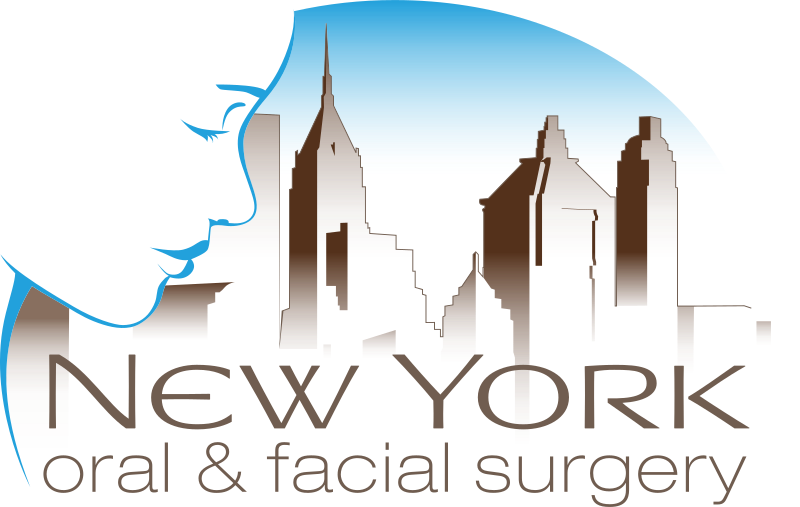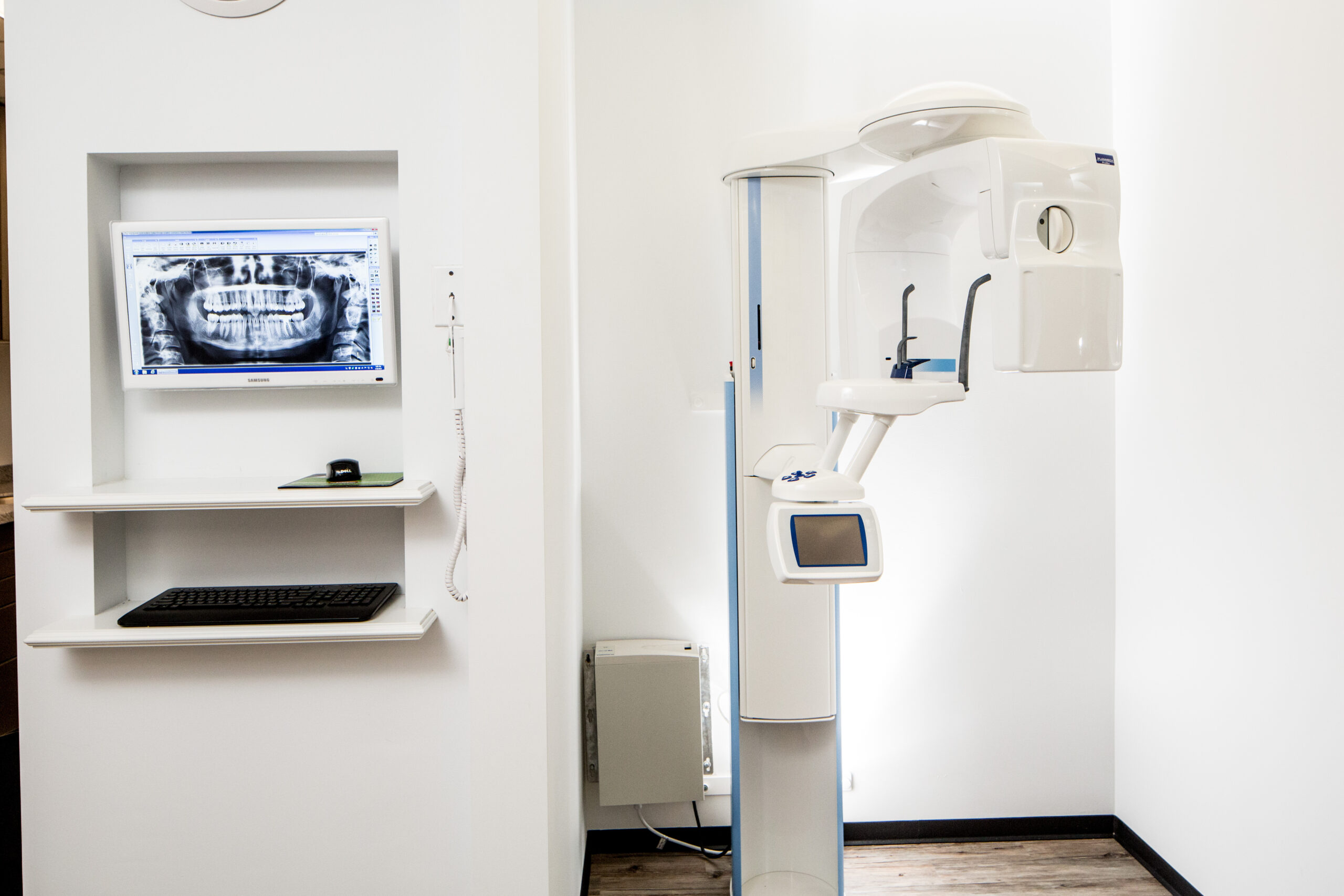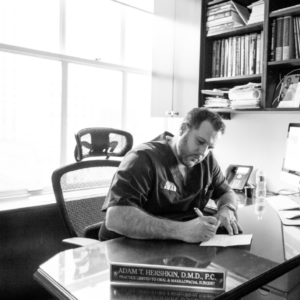What is a Ridge Augmentation?
A ridge augmentation is a common dental procedure often performed following a tooth extraction. This procedure helps recreate the natural contour of the gums and jaw that may have been lost due to bone loss from a tooth extraction, or for another reason.
The alveolar ridge of the jaw is the bone that surrounds the roots of teeth. When a tooth is removed an empty socket is left in the alveolar ridge bone. Usually this empty socket will heal on its own, filling with bone and tissue. Sometimes when a tooth is removed the bone surrounding the socket breaks and is unable to heal on its own. The previous height and width of the socket will continue to deteriorate.
Rebuilding the original height and width of the alveolar ridge is not always medically necessary, but may be required for dental implant placement or for aesthetic purposes. Dental implants require bone to support their structure and a ridge augmentation can help rebuild this bone to accommodate the implant.
How Do You Prepare for a Ridge Augmentation?
Ridge augmentation can be performed either awake or asleep depending on the extent of the planned surgery as well as patient preference. If you are having IV anesthesia the patient must fast (no food/drink/water) for 6 hours prior to surgery. After the surgery you will eat softer foods for a period of time so stocking your kitchen with soft foods such as soups, pudding, yogurt, eggs, fish, soft pasta and of course ice cream is advisable.
Why Is Ridge Augmentation Performed
Ridge augmentation is performed to replace lost volume of bone prior to placement of dental implants in areas where bone has been lost from infection or pathology.
How is the procedure Accomplished?
A ridge augmentation is accomplished by placing bone graft material in the tooth socket. It is often done immediately after the tooth is removed to avoid the need for a second procedure later. Next, the gum tissue is placed over the socket and secured with sutures. Dr. Hershkin may choose to use a space-maintaining product over the top of the graft to facilitate new bone growth. Once the socket has healed, the alveolar ridge can be prepared for dental implant placement.
A ridge augmentation procedure is typically performed in Dr. Hershkin’s office under local anesthesia. Some patients may also request sedative medication.
What is the Follow Up Like for a Ridge Augmentation?
Depending upon the size of the defect that requires reconstruction, this surgery usually causes only mild to moderate postoperative pain and swelling. In most cases chewing in the area of the bone graft will be altered for a period of time postoperatively to ensure proper healing. Normal yet careful oral hygiene should be maintained, especially on the teeth adjacent to the surgical site.
Followup at one week postop is common. Depending on the extent of grafting performed, final healing is usually complete at 3-6 months, at which time a CT scan will be taken to evaluate the healing and the new volume of bone.
What Are The Potential Risks for a Ridge Augmentation?
Like any surgical procedure the most common risks are pain, swelling, infection and bleeding.
Are There Related Tests to a Ridge Augmentation?
A CT scan is taken after the graft has healed to evaluate the maturity and volume of bone available for placement of a dental implant.



